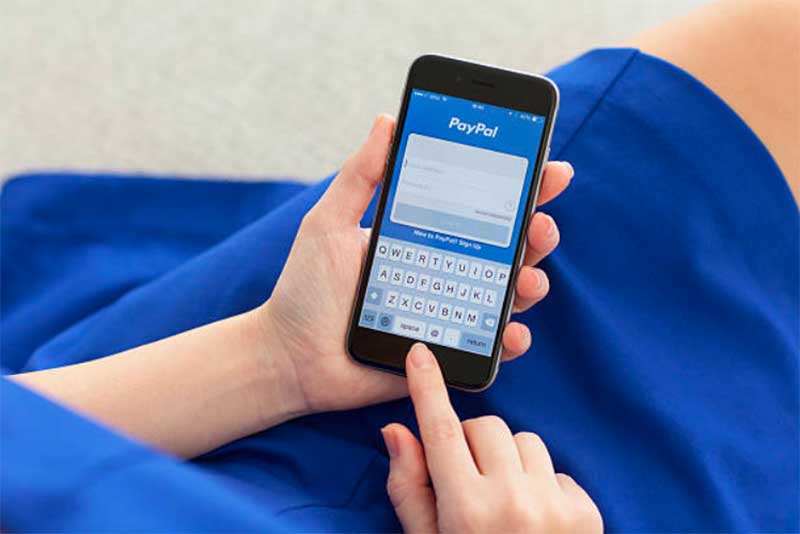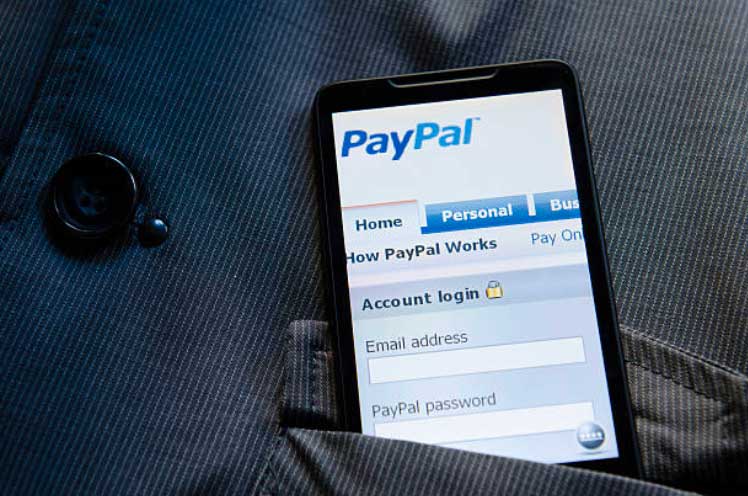Gone are the days when cash or checks were used for transactions. Today, digital payment platforms have become the norm. Among the many platforms available, PayPal has taken a leading position worldwide. The purpose of this article is to give a full understanding of PayPal: what it is, how it works, and what are its pros and cons, to help you decide whether this platform is suitable for your financial transactions.

The Birth of PayPal: A Quick History
PayPal was founded in December 1998 as Confinity, which was developing software for Palm Pilot devices, and in 1999 it decided to focus on creating a digital wallet. The name “PayPal” was adopted in 2001, and the company went public in 2002. It was soon acquired by eBay that same year, realizing the potential to simplify and make the payment process more secure for its customers.
After PayPal became the standard payment method on eBay, its growth increased dramatically. In 2015, eBay and PayPal parted ways, and PayPal continued its way. Today, PayPal is one of the world’s largest online payment processors, with over 429 million active users as of 2022.
What Is PayPal?
PayPal is essentially a digital payment platform that allows individuals anad businesses to send and receive money. It acts as an intermediary for these transactions, eliminating the traditional methods of direct bank transfers or physical money exchanges. Not only does PayPal streamline online shopping, but it also provides tools for business invoicing, crowdfunding, and even PayPal casinos not on Gamstop – a popular choice for online gamblers looking for flexibility and security in their transactions.
PayPal’s Core Function
At its core, PayPal is a digital wallet. It allows users to store their bank account information, credit and debit card details in one secure place. When making a purchase or transferring funds, the user selects PayPal at checkout, logs into their account and confirms the transaction. PayPal then transfers the funds from the user’s account to the recipient’s account, be it an online store, service provider or other individual.
PayPal’s Extent of Use
PayPal is available in over 200 countries and supports 25 currencies, making it a truly global service. It is widely used for online shopping, peer-to-peer transactions and business transactions. The ability to link multiple bank accounts and cards and choose a preferred one for each transaction gives users great flexibility.

How Does PayPal Work?
To use PayPal, one must understand its basic working mechanics. The process is simple, and it starts with setting up an account.
Setting Up an Account
Creating a PayPal account is free and easy. It requires an email address, a strong password and some personal information such as name, address and phone number. PayPal also requires that you link at least one bank account or credit/debit card to your PayPal account, which will be used for transactions.
Making and Receiving Payments
To send money, simply select the “Send” option, enter the recipient’s email address (linked to their PayPal account) and enter the amount. Receiving the money is just as easy – funds sent to your PayPal account are usually received instantly. If you wish, they can be transferred to the linked bank account.
When it comes to currency conversions, PayPal automatically handles it based on the current exchange rate, making international transactions worry-free.
PayPal for a Consumer
For individual consumers, PayPal offers a host of benefits. It’s versatile, allowing you to shop online, send money to friends or family, or even fund your hobbies.
Shopping Online
PayPal is widely accepted by online retailers worldwide. During checkout, you simply select PayPal as your payment method, log in to your account, and approve the purchase. PayPal handles the rest, transferring the funds from your linked bank account or card to the retailer.
Peer-to-Peer Transfers
PayPal isn’t just for shopping. It’s also a convenient way to split a bill with friends, chip in for a group gift, or send money to family. All you need is the recipient’s email address, and you can send money directly to their PayPal account.
PayPal for Business
For businesses, PayPal offers an easy-to-integrate, secure payment method that millions of consumers already use.
Payment Solutions for Businesses
Whether you’re an online retailer, a freelancer looking to invoice clients, or a nonprofit seeking donations, PayPal has a solution for you. Businesses can integrate PayPal into their checkout process, and freelancers can create and send invoices directly through PayPal.
Business Account Features
In addition, PayPal is a platform that offers many features designed to make doing business easier and simpler, making it an essential tool for many companies, from small to large enterprises.
Multiple Users Access:
PayPal allows businesses to grant access to multiple users, with each having their unique login details.
Extensive Reporting Tools:
Businesses can benefit from PayPal’s advanced reporting tools, which provide deep insights into sales trends, revenue generation, and customer behaviour.
Seamless Website Integration:
PayPal can be easily integrated into a business’s website for a smooth checkout experience.
Flexible Payment Options:
With PayPal, businesses can offer their customers a lot of payment options, from credit/debit cards to PayPal Credit, an option that allows customers to pay for their purchases over time.
Invoice Creation:
Businesses can create professional invoices directly from their PayPal account, making it easier to bill customers and track payments.
Seller Protection:
PayPal’s Seller Protection program helps safeguard businesses against fraudulent transactions and chargebacks.

PayPal or Competitors – Which One to Choose?
In a crowded digital payment space, it’s crucial to compare PayPal with its competitors. When we put PayPal against others, PayPal often has the upper hand in several aspects.
Comparison with Competitors
Here are some areas where PayPal tends to outshine its competitors:
- Global Reach: PayPal is available in over 200 countries and supports 25 currencies, giving it a wider reach than many of its competitors.
- Ease of Use: With its intuitive interface, PayPal makes sending and receiving money incredibly simple.
- Merchant Acceptance: Due to its long-standing reputation, many online merchants accept PayPal, offering users more choices for online shopping.
- Customer Protection: PayPal’s Purchase Protection program covers buyers if the item they purchased online doesn’t arrive or match the seller’s description.
Making the Best Choice for Your Needs
When choosing a digital payment platform, one should consider factors like security, ease of use, fees, and acceptance by your preferred merchants. For many users and businesses, PayPal’s global acceptance, user-friendly platform, and strong customer protection policies make it a preferred choice.
Pros and Cons of PayPal
Like any service, PayPal has its advantages and disadvantages. Understanding these will help users make an informed decision.
Advantages of Using PayPal
PayPal provides an array of advantages that make it an attractive choice for millions of users worldwide. It’s not just a simple and secure payment solution; it offers a host of benefits designed to cater to a variety of needs. Here are some of the significant advantages:
- Ease of Use: Setting up an account is quick and easy, with clear instructions guiding the user every step of the way.
- Global Acceptance: PayPal is used and accepted by millions of merchants worldwide. Its presence in over 200 countries makes it a global platform.
- Secure Transactions: PayPal uses state-of-the-art security protocols and data encryption to keep your transactions and financial information safe.
- Purchase Protection: PayPal’s Purchase Protection program provides an extra layer of security for buyers. If an item doesn’t arrive or doesn’t match the seller’s description, PayPal can reimburse the buyer.
- Free Personal Transactions: Sending money to friends and family in the same country is free, making PayPal a cost-effective way to handle personal transactions.
- Mobile App: PayPal’s mobile app allows users to manage their accounts, send and receive money, and check their transaction history, all from the palm of their hand.
Disadvantages of Using PayPal
While PayPal offers many benefits, it’s important to acknowledge its potential downsides. These are factors that could impact a user’s experience and should be considered when choosing a digital payment platform. Some of the main disadvantages include:
- Fees: PayPal imposes charges for some types of transactions, such as receiving payments for goods and services or international personal transactions. Additionally, if you’re a seller, PayPal takes a percentage of the sale as a fee.
- Account Limitations: If the platform detects any suspicious activity, it may limit account functions, sometimes leading to delays in accessing funds.
- Currency Conversion Costs: When dealing with international transactions, PayPal applies a currency conversion fee.
Final Thoughts
PayPal is revolutionizing the way money is handled in the digital age. Its convenience, global acceptance and security measures make it a trusted choice for both individual and commercial transactions. Despite certain fees and possible account limitations, the advantages of PayPal generally outweigh the disadvantages.









